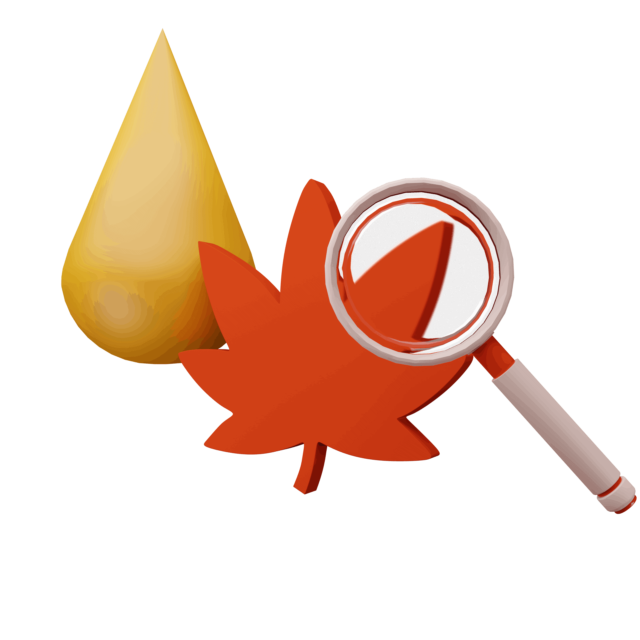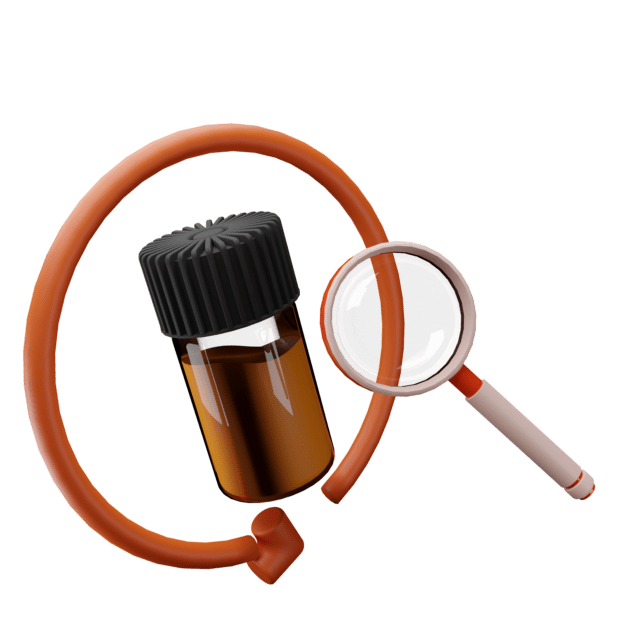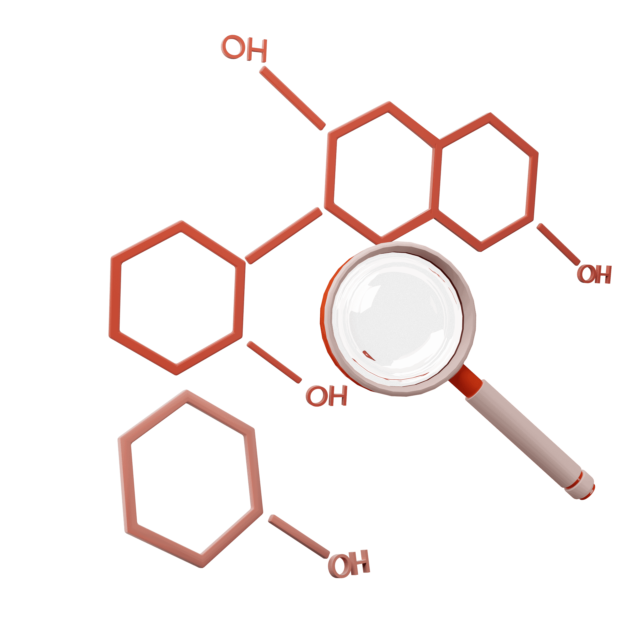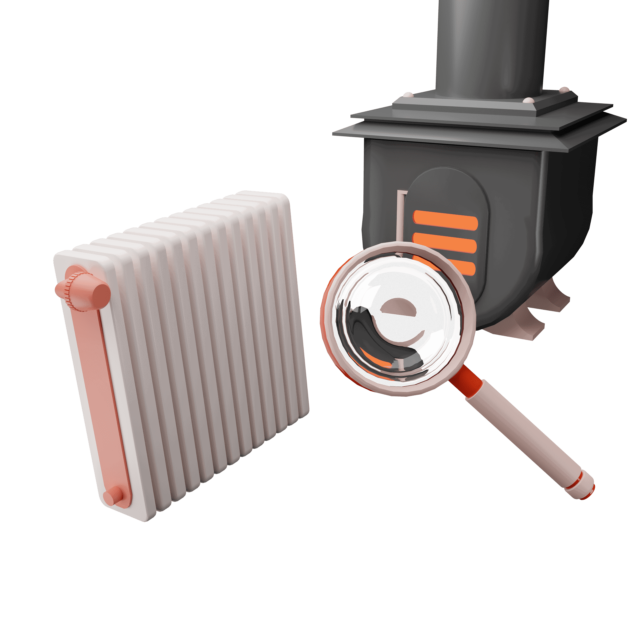Analysis Requirements
Alessio Balderi2023-12-12T14:12:21+01:00Analysis Requirements
Sample Size Requirements
Each test requires different sample quantities and different analysis timelines.
Below you can find a brief description of our services, along with precise instructions on how much sample to send (based on the type of matrix: solid vegetable, liquid, complex, such as creams) and what turnaround times to expect for the delivery of results (keeping in mind that the time starts counting from the arrival of samples at the laboratory).
Packaging and Bottles for Shipment
For all tests on solid/vegetable matrices, use securely sealed bags or the appropriate jars provided by the laboratory.
For all tests on liquid matrices, use bottles, preferably in dark/amber glass and with droppers.
For all tests on complex matrices (e.g., creams), use a screw-top jar or the original container of the product.
For microbiological analysis, make sure to use sterile containers.

Phytocannabinoids
HPLC-UV
How many cannabinoids?
Speed, reliability, and accessibility of tests. We provide accredited HPLC analysis with unbeatable turnaround times and competitive prices.
Required sample quantity
Solid/Vegetable: 3g
Liquid/Complex: 5ml
Analysis time
Standard: 4-5 business days
Express: 2-3 business days

Terpenes
GC-FID
Which aroma?
Quantitative analysis of terpenes for unique product characterization. An essential upgrade for high-level quality control.
Required sample quantity
Solid/Vegetable: 3g
Liquid/Complex: 5ml
Analysis time
Standard: 4-5 business days
Express: 2-3 business days

THC
GC-FID
Authority testing
In line with quality control by authorities and customs. Essential testing for international trade and community regulations.
Required sample quantity
Solid/Vegetable: 3g
Liquid/Complex: 5ml
Analysis time
Standard: 4-5 business days
Express: 2-3 business days

Microbiological
Healthy or contaminated?
Mesophilic aerobes, molds, Escherichia coli, Staphylococcus aureus, Pseudomonas aeruginosa, Enterobacteriaceae.
Required sample quantity
Solid/Vegetable: 25g
Liquid/Complex: 25ml
Analysis time
3-5 (variable) business days

Multi-residues
Pesticides
What remains from cultivation and processing in your products? All those unwanted substances that you wouldn’t want to discover too late.
Required sample quantity
Solid/Vegetable: 25g
Liquid/Complex: 25ml
Analysis time
6 business days

Heavy Metals
The essentials
Lead, cadmium, mercury, arsenic, tin, and nickel. The main metals whose concentration is essential to evaluate.
Required sample quantity
Solid/Vegetable: 10g
Liquid/Complex: 20ml
Analysis time
10 business days

Residual Solvents
Solvents and gases
Organic volatile chemicals used or produced in the manufacturing of pharmaceutical excipients or pharmaceutical products.
Required sample quantity
Solid/Vegetable: 10g
Liquid/Complex: 10ml
Analysis time
6 business days

Mycotoxins
Fungal metabolites
Structurally related metabolites produced by certain fungi; a health risk given the uses associated with the product.
Required sample quantity
Solid/Vegetable: 10g
Liquid/Complex: 10ml
Analysis time
4 business days

Aflatoxins
(See Mycotoxins)
Noted for their genotoxic and carcinogenic properties. Usually tested together with mycotoxin analysis.
Required sample quantity
Solid/Vegetable: 10g
Liquid/Complex: 10ml
Analysis time
4 business days

Phenols and
Polyphenols
Characterization
Flavonoids, tannins, lignins, etc. Produced by plants, bacteria, fungi, and animals. Important in pharmacological and food contexts.
Required sample quantity
Solid/Vegetable: 10g
Liquid/Complex: 10ml
Analysis time
6 business days

Polycyclic Aromatic Hydrocarbons
Combustion residues
Group of mostly non- volatile organic compounds found partly in vapor phase and partly adsorbed onto particulate matter in indoor air.
Required sample quantity
Solid/Vegetable: 10g
Liquid/Complex: 10ml
Analysis time
5 business days

Dioxins
and PCBs
Toxic substances
Toxic chemicals that persist in the environment and cause harmful effects on the nervous, immune, and endocrine systems.
Required sample quantity:
Solid/Vegetable: 10g
Liquid/Complex: 10ml
